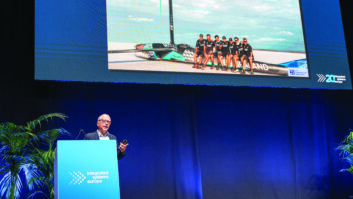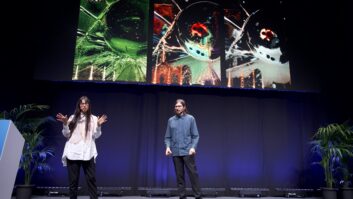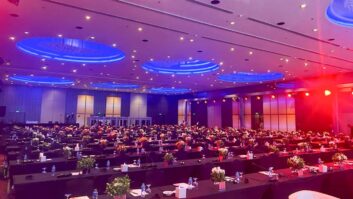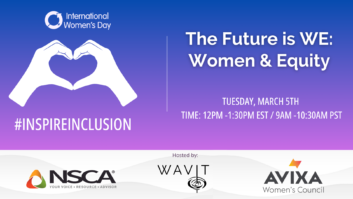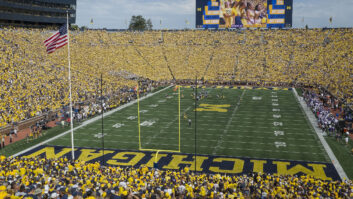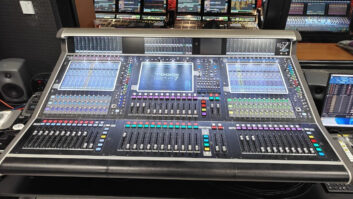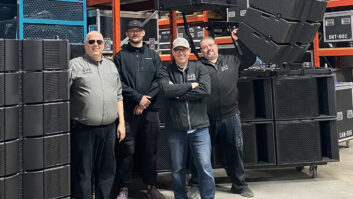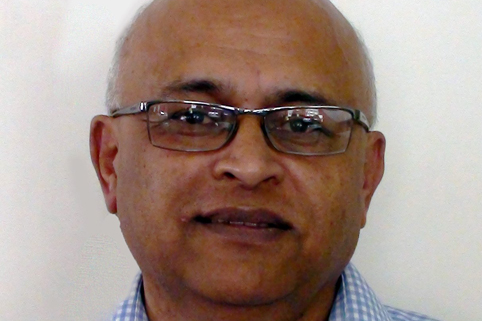
Tiny Green PC’s Viru Patel comments on an industry trend…
Interactive whiteboards have largely displaced blackboards in the UK’s classrooms, but despite their popularity, they do suffer from some serious drawbacks. The biggest issue is the amount of power they use. Typically, they can be on six hours per day for 220 days of the school year and although teachers tend to be environmentally aware and relatively good at turning off projectors when not in use, their energy consumption and cost is significant.
There are other disadvantages too. Teachers rely on the availability of the interactive whiteboard in planning their lessons, making it a significant issue if the projector doesn’t work or the screen ‘washes out’ due to high levels of ambient light. Common malfunctions include the bulb burning out – standard bulbs have a life of 2,000 hours – or the projector becomes misaligned, providing poor images. With some designs, it is hard to avoid standing in the beam.
Touchscreens are more convenient and cost much less to run than interactive whiteboards. Large-format screens of 65in diagonal or more are being widely adopted in many different applications, including retail, transport, hospitality and corporate environments. Because of this, economies of scale mean that manufacturing costs are reducing; something that is being passed on to the buyer. These large-format screens are widely offered with integrated touch control. There is little doubt that, as the cost comes down, this is the technology of the future for the classroom too.
Touch technology is user friendly and intuitive, overcoming the hesitation of non-tech savvy members of staff, offering multiple touches, making the screens super-accessible for dynamic and interactive learning. The need for a delicate projector is eliminated and the PC can either be integrated into the screen or attached to the rear, forming a single reliable unit that only needs to be set up once. The screen glass is also comparatively robust and very easy to clean with a wipe or, if necessary, with stronger detergents. For informational signage applications in school foyers and catering areas, the same screens can be used without the touch overlay. Using a suitable content management system, screens in the foyer can quickly and easily be updated with news of individual and collective achievements and upcoming events, and the same information can be added to the menu screens in the café, and even to screens in classrooms when they’re not in use for lessons.
Screen technology is ever improving. Whiteboard replacement and informational signage packages are now offered based on full HD monitor technology (42in, 46in, 55in and 65in), integrated with touch control and driven by compact and energy-efficient solid-state PCs. The screens can respond correctly to up to five simultaneous touches and can be networked for remote control. The screens are designed for 24/7 operation, and can use technologies such as LED backlights and smart power management to deliver low energy consumption. Low-energy solid-state PCs offer high performance but use less than 10% of the energy of a traditional PC, and produce so little heat that no noisy cooling fan is required. They are able to run all exactly the same applications as their larger, more power-hungry counterparts and can be used with popular interactive learning environments such as RM EasyTeach, SMART and many others, effectively eliminating the need for training. Systems are compatible with Windows, Linux and Android operating systems.
